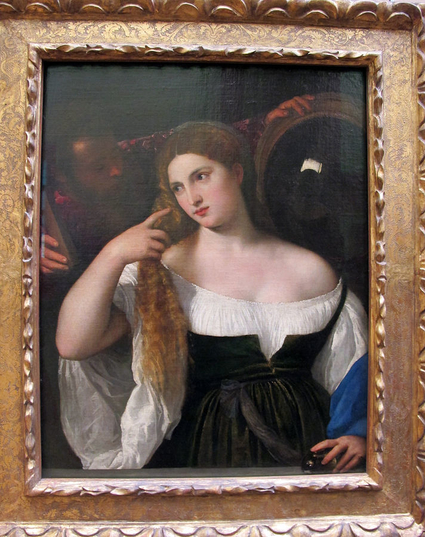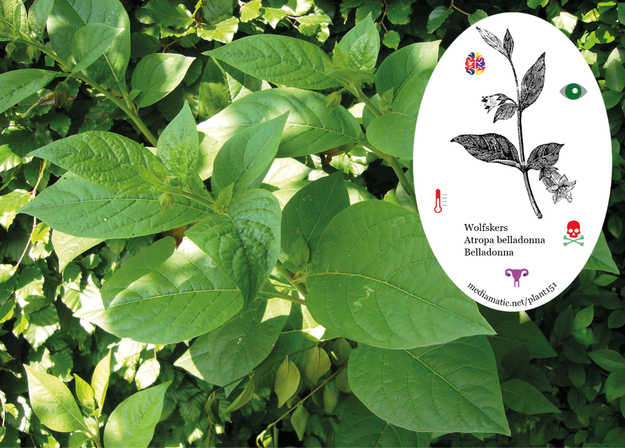Aphrodisiac properties
The belladonna is known in its two extremes: as healer or poison. It goes by two common names, belladonna (beautiful woman) and deadly nightshade.
These two extremes become easier to understand when you know that 3 berries of the belladonna cause an aphrodisiac effect, whilst consuming anything between 3 and 10 berries put you at risk of “death via respiratory paralysis”. (herbpathy.com) So if you’re looking for a nice and easy aphrodisiac, perhaps check out this ‘lavender’ page!
It has also been called the “witch’s plant,” as Thessalian witches combined Belladonna root with wine to make powerful aphrodisiacs. To make one yourself, keep the berries fresh and smoke the leaves, but remember: take no more than 3!
In the 16th Century, women would drop juice of the berries onto their eyes, to dilute their pupils, and in Renaissance Italy, the dark appearance of a lady’s eyes was considered the height of beauty. The juice works to block the receptors in the eye muscles that constrict pupil size, causing an immediate cost to vision. Prolonged use could mean blindness, heart problems and death. Below, is Titian's Woman with a Mirror, thought to depict a woman who enhanced her eyes with the belladonna.(mastersonauthor.com)
Many women who used the belladonna to darken their eyes were indeed poisoned. This aphrodisiac is on the cusp of arousal, and of death. (longdom.com) 
Description
Although it is poisonous, deadly nightshade has a long history of medicinal use and has a wide range of applications, in particular it is used to dilate the pupils in eye operations, to relieve intestinal colic and to treat peptic ulcers. The plant can be used to treat the symptoms of Parkinson's disease, reducing tremors and rigidity whilst improving speech and mobility. It has also been used as an antidote in cases of mushroom or toadstool poisoning. This is a very poisonous plant, it should be used with extreme caution and only under the supervision of a qualified practitioner. See also the notes above on toxicity. All parts of the plant are analgesic, antidote, antispasmodic, diuretic, hallucinogenic, mydriatic, narcotic and sedative. The root is the most active part of the plant, it is harvested in the autumn and can be 1 - 3 years old, though the older roots are very large and difficult to dig up. The leaves are harvested in late spring and dried for later use. All parts of the plant contain tropane alkaloids. The leaves contain on average 0.4% active alkaloids, whilst the root contains around 0.6%. The alkaloid content also varies according to the development of the plant, being low when the plant is flowering and very high when bearing green berries. These alkaloids inhibit the parasympathetic nervous system which controls involuntary body activities. This reduces saliva, gastric, intestinal and bronchial secretions, as well as the activity of the urinary tubules, bladder and intestines. An extract of the plant has been used as eyedrops. It has the effect of dilating the pupils thus making it easier to perform eye operations. In the past women used to put the drops in their eyes in order to make them look larger and thus 'more beautiful'. The entire plant, harvested when coming into flower, is used to make a homeopathic remedy. This is used especially in cases where there is localised and painful inflammation that radiates heat. It is also used to treat sunstroke and painful menstruation. Source: https://pfaf.org/
